Container gardening is an easy and convenient way to grow vegetables, especially when you lack yard space. Many people are under the impression that pots and containers limit you to growing small vegetables and herbs. That simply isn’t the case.
With proper planning, container gardening can be a sustainable way to provide yourself with a wide variety of edible fruits and vegetables. You can even grow larger crops like broccoli in a pot.
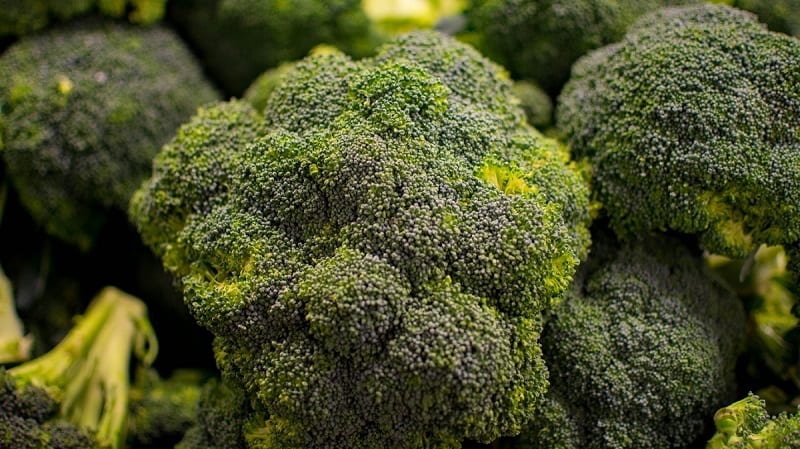
How to Grow Broccoli in a Container
Contents
Broccoli grows surprisingly well in containers. In fact, if you have poor quality soil, or a small garden, then growing broccoli in a pot is the way to go. In the US, you can start growing your own broccoli in late summer and in the fall.
Given the girth of broccoli plants, the size of the container will be an important consideration. You can grow one plant in a 5-gallon container. You can grow 2 to 3 plants in a 15-gallon container.
Here are a few more tips on growing broccoli in a container.
Starting Seeds Indoors
- Start germinating broccoli seeds indoors, 4 to 7 weeks before the last frost. You’ll be growing the seedlings indoors only for a short period. You should be able to transplant to an outdoor container, 2 to 3 weeks before the average last frost.
- Fill the seedling cups with organic potting soil and a good amount of nutritious compost. Plant two broccoli seeds in each container at a depth of ¼ to 1/2 inch. Cover and water thoroughly. Place the cups in a warm area of your home. Remember to keep the soil moist but not drenched.
- The seeds should germinate within 5 to 10 days. Move your new seedlings to a well-lit area. If both seeds in a container sprout, thin out the smaller of the two.
- You’ll need to keep the soil evenly moist and provide plenty of light for the seedlings for about 3 to 4 weeks.
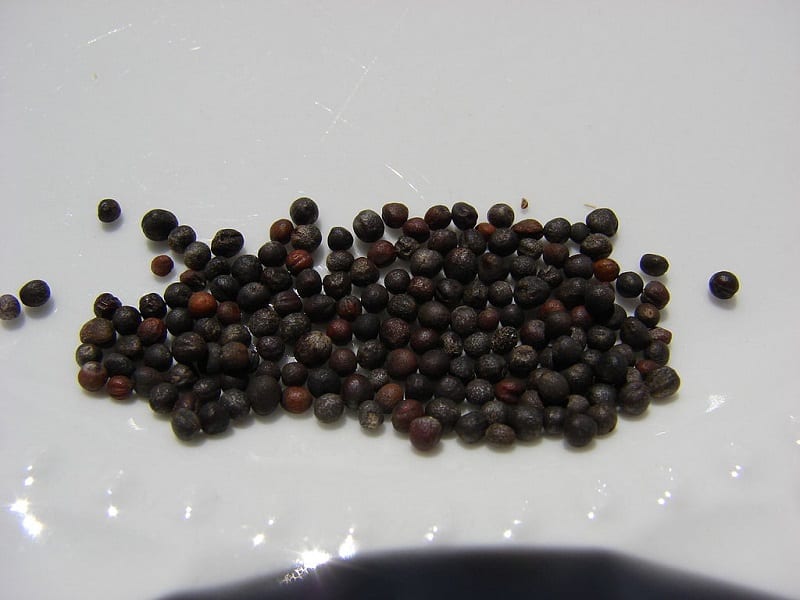
(Photo: Forest and Kim Star/Wikimedia Commons)
Transplanting Your Seedlings
After 3 or 4 weeks, you’ll again need to fill your 5 or 15-gallon containers with a mixture of organic potting soil and compost. You can then begin transplanting each broccoli seedling to its final container.
Once that’s done, you’ll have to wait three weeks before the last frost before hardening off the seedlings. Remember to keep the soil moist throughout this period.
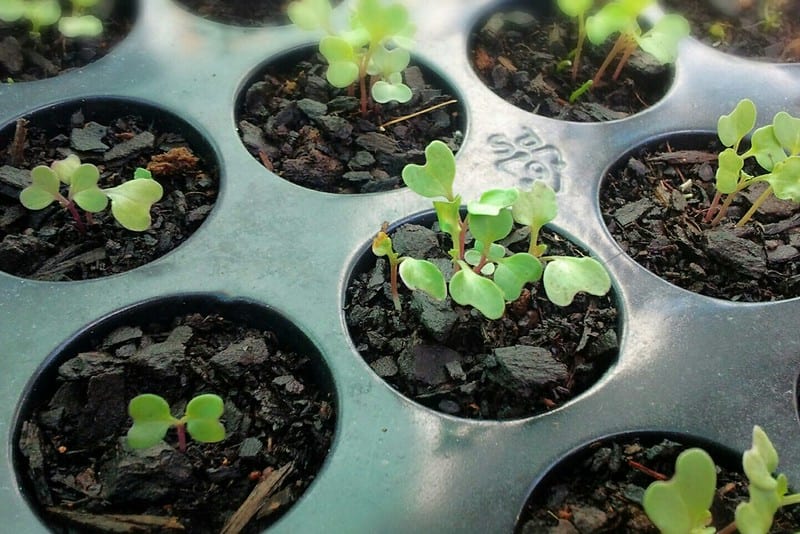
Hardening Off Seedlings
Hardening is a process that allows seedlings to acclimate to an outdoor environment. This involves setting your plants outside for an hour to start. You then steadily increase the amount of time they spend outdoors each day.
Your broccoli plants should be fully acclimated and spending their whole day outside within two weeks. From then on, you should only bring your plants indoors when the temperature drops to below freezing.
There’s little you need to do except water your plants and wait once they’ve acclimatized to the outside environment. Your broccoli will be ready for harvest around 3 to 4 weeks after transplanting.
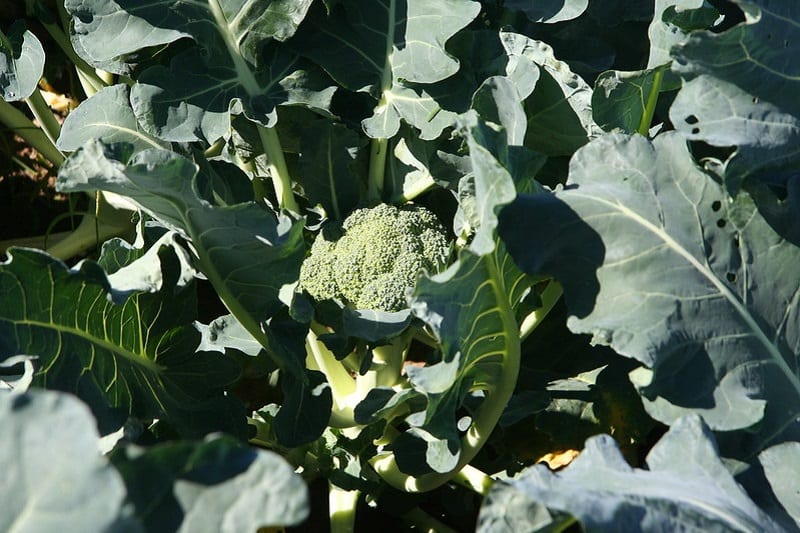
Harvesting Broccoli
Your main harvest will consist of the main heads of your broccoli crop. For container gown broccoli, the main head will be anywhere from 3 to 6 inches in diameter at the time of harvest.
To harvest, use a sharp knife to make a quick cut through the stem about 5 to 6 inches below the head.
The outer florets of the plants will have reached a size close to the thickness of a pencil by the time of your initial harvest.
These are smaller – or baby heads – of broccoli. If the heat of summer does not cause your plants to flower, you’ll be able to harvest these side heads a few weeks after the initial harvest.
You should look for the same indications as to when to harvest, and then cut the heads from the plants in the same manner.
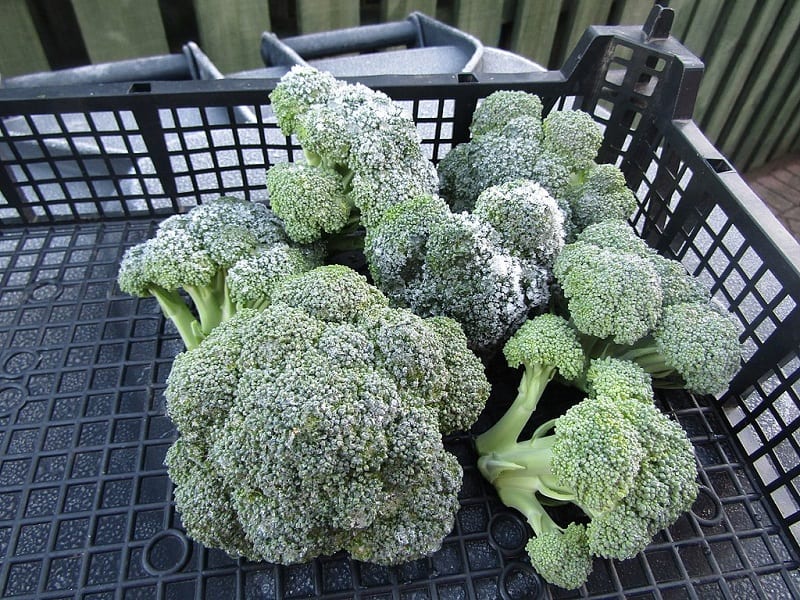
(Photo: Kolforn/Wikimedia Commons)
Broccoli Makes for Healthy Eating
Broccoli makes for particularly healthy table fare. The vegetable contains many nutrients, including fiber, Vitamin C, Vitamin K, iron, and potassium. Broccoli also boasts more protein than most other vegetables.
You can enjoy this delicious vegetable both raw and cooked, but recent research shows that gentle steaming allows the most health benefits.
Here’s a quick video…








